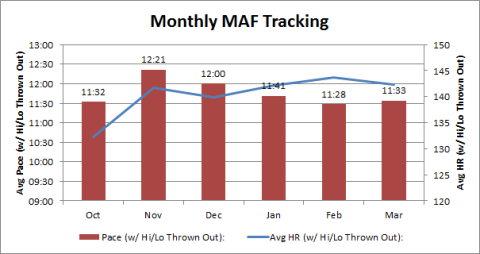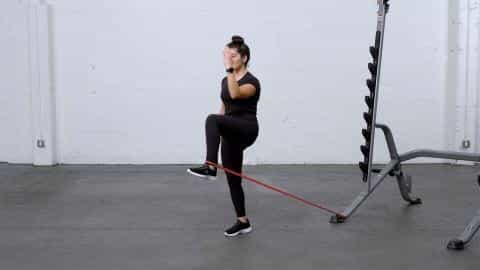
When it comes to running, many athletes focus on pushing their limits, striving for faster times, and hitting new personal records. However, there’s a training method that emphasizes slowing down and focusing on building endurance, aerobic capacity, and long-term health: the MAF Method. Developed by Dr. Phil Maffetone, this method is all about keeping easy runs truly easy and focusing on heart rate control rather than speed or intensity. Here’s what you need to know about the MAF Method and how it can benefit your running journey.
The MAF Method (short for Maffetone Method) is a training approach that prioritizes building aerobic fitness by running at a lower intensity based on your heart rate. Dr. Maffetone developed this method to help runners increase their endurance, avoid overtraining, and reduce the risk of injury. The main principle of the MAF Method is running at or below a specific heart rate zone, which helps maximize fat burning and aerobic conditioning while preventing excessive strain on the body.
The key to the MAF Method is the maximum aerobic function (MAF) heart rate, which is calculated using a simple formula:
180 – your age = MAF heart rate
For example, if you are 30 years old:
180 – 30 = 150 bpm (beats per minute)
This means that your maximum aerobic heart rate would be 150 bpm, and you should aim to keep your heart rate at or below this number during your easy runs.

Most runners, especially beginners, tend to run their easy days at too high of an intensity. They might run at a pace that feels comfortable but still pushes their heart rate into a higher zone, ultimately building anaerobic fitness rather than improving aerobic capacity.
The MAF Method emphasizes “easy running” as the foundation for long-term progress. When you keep your heart rate at or below the MAF heart rate, your body becomes more efficient at utilizing fat as fuel, enhancing endurance and improving overall fitness. Running at a low intensity helps:
To apply the MAF Method, you’ll need to focus on your heart rate rather than pace or distance. Here’s how to get started:
Use the MAF formula to calculate your target heart rate for easy runs. You can adjust this number based on your fitness level, and some runners subtract an additional 5-10 beats per minute if they are coming back from injury or are older.
Invest in a reliable heart rate monitor to ensure you stay within your MAF heart rate zone. Wrist-based monitors or chest straps can both work, but a chest strap is often more accurate.
On your easy runs, aim to keep your heart rate at or just below your MAF target. This may mean slowing down and running at a pace much slower than you’re used to. It’s important to resist the urge to speed up or push through discomfort—this is about quality and consistency, not speed.
The MAF Method is built on a foundation of endurance. As your body adapts to running at this lower intensity, you can begin to increase your distance, rather than speed, for your runs.
Every few weeks, you can do a MAF test to check your progress. During this test, run a set distance at your MAF heart rate and track your pace. Over time, you should notice that you’re able to run faster at the same heart rate, indicating improvements in aerobic capacity and endurance.

One of the most difficult aspects of the MAF Method is slowing down. Many runners are used to running at a certain pace, and adjusting to running slower can feel frustrating. However, it’s important to trust the process and focus on the long-term benefits rather than immediate results.
The MAF Method takes time. It may take several weeks or even months for your body to adapt and start seeing improvements. Be patient, stay consistent, and resist the temptation to rush the process.
The MAF Method doesn’t mean you should avoid all forms of speed work. While your easy runs stay easy, you can still incorporate occasional intervals or tempo runs into your training to increase your speed and anaerobic capacity. Just make sure the majority of your training focuses on aerobic development.
The MAF Method is a powerful training tool for runners looking to build a strong aerobic base and improve long-term endurance. By keeping easy runs truly easy and focusing on heart rate rather than speed, you can avoid injury, increase fat-burning efficiency, and build a solid foundation for more intense training in the future. If you’re looking for sustainable progress and a more holistic approach to running, the MAF Method might be just what you need.
Discover More Content





